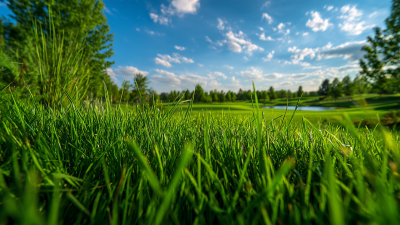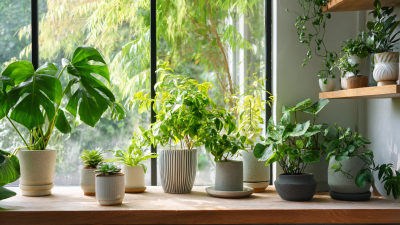As homeowners increasingly seek eco-friendly and low-maintenance alternatives for their lawns, the demand for Synthetic Artificial Grass has surged. According to a report by the Synthetic Turf Council, the market for synthetic grass is projected to grow to $4 billion by 2025, driven by its durability and water conservation benefits. Unlike natural grass, which requires constant mowing, watering, and chemical treatments, Synthetic Artificial Grass offers a pristine appearance year-round with minimal upkeep. Additionally, it can save approximately 55 gallons of water per square foot annually, aligning with environmental sustainability goals. However, with numerous options available, selecting the right type of synthetic turf can be daunting. This guide presents 15 essential tips to help you make an informed decision, ensuring that your choice not only enhances your outdoor space but also meets your practical needs.
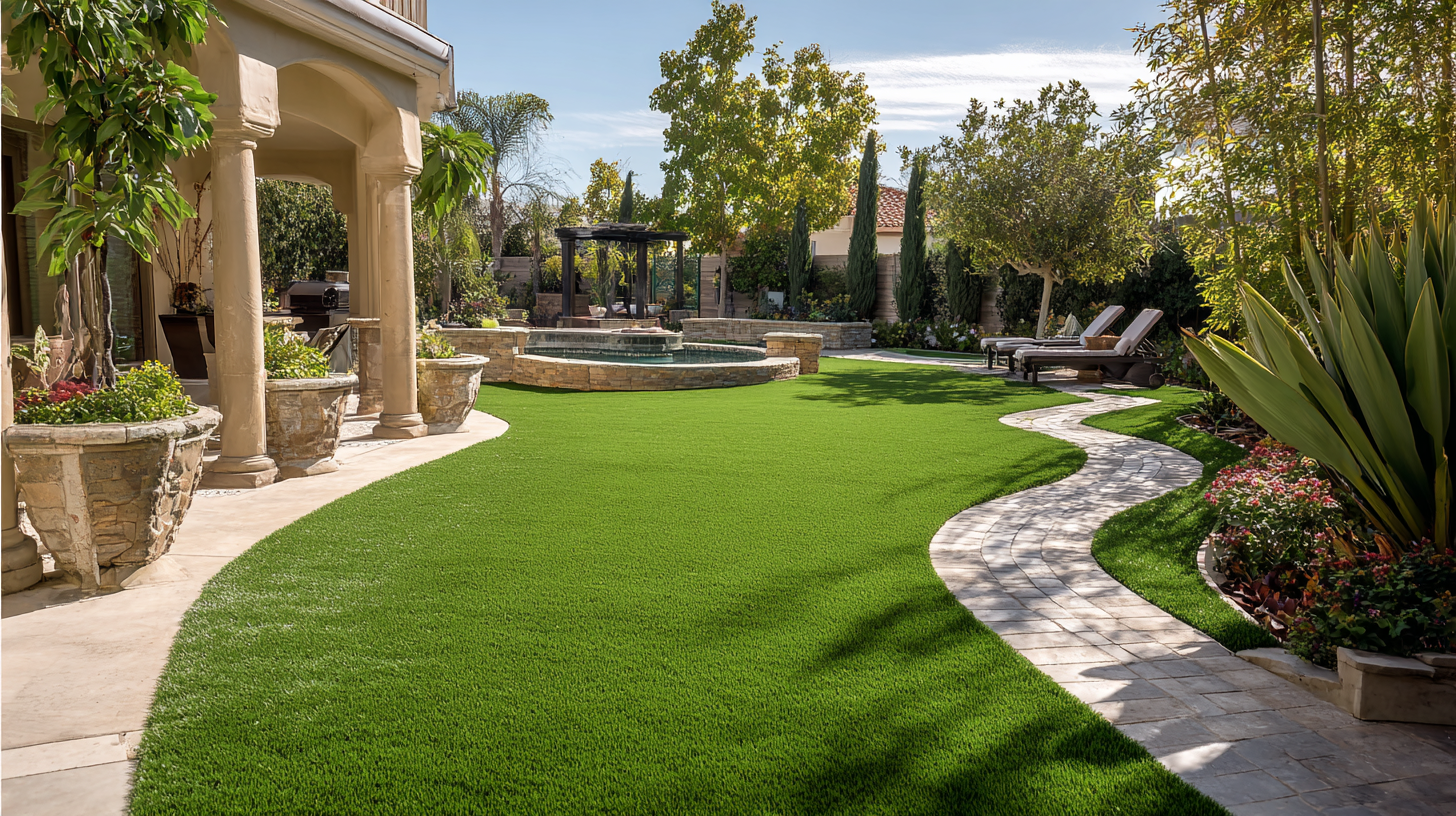
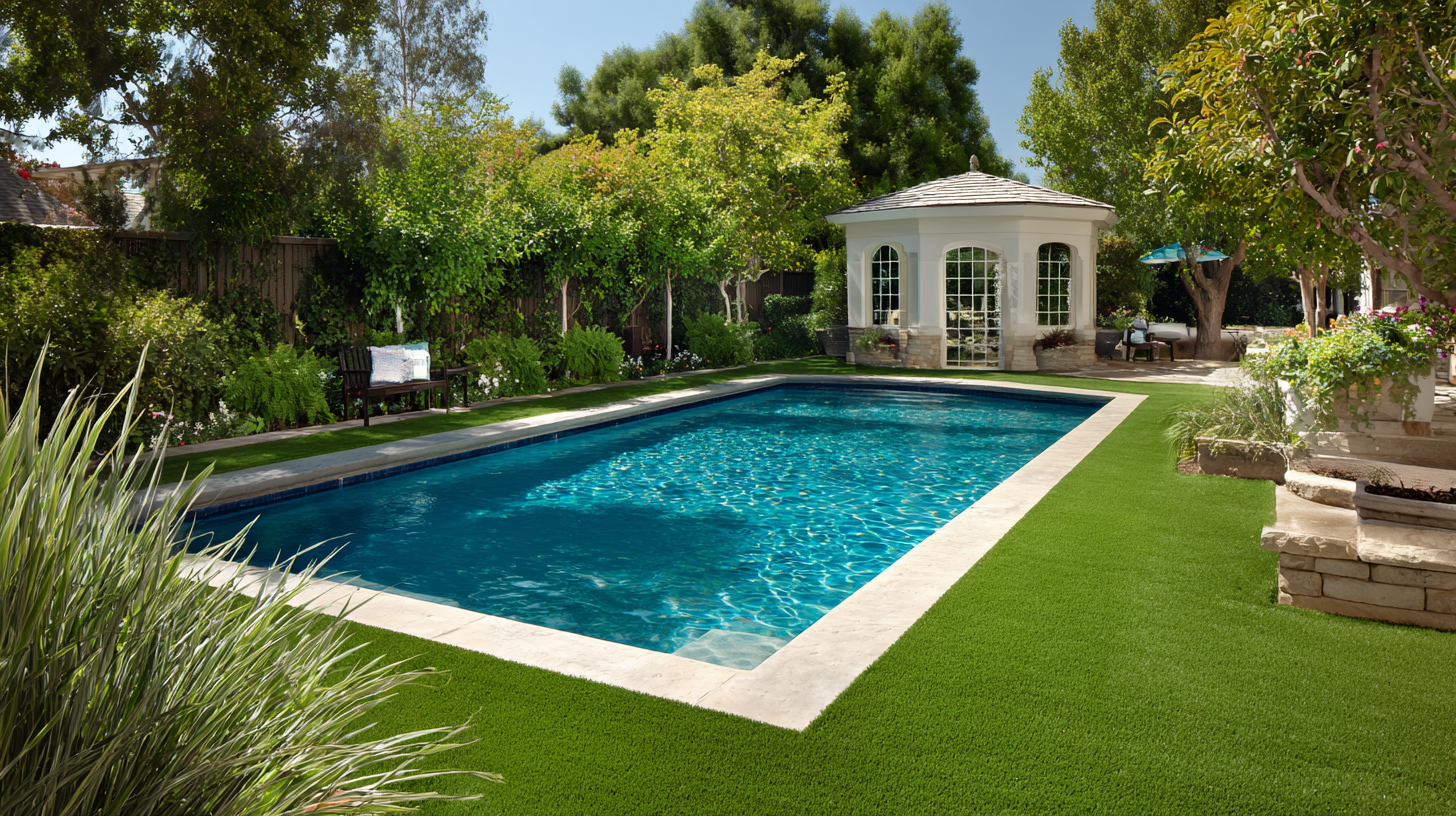 When selecting the right synthetic grass for your lawn, understanding the various types available is crucial. Synthetic grass can vary significantly in terms of material, texture, and appearance, catering to different preferences and needs. For instance, polyethylene grass is often praised for its soft feel and vibrant colors, making it an excellent choice for residential lawns and play areas. On the other hand, nylon grass is known for its durability and resistance to wear, perfect for high-traffic areas and sports fields.
When selecting the right synthetic grass for your lawn, understanding the various types available is crucial. Synthetic grass can vary significantly in terms of material, texture, and appearance, catering to different preferences and needs. For instance, polyethylene grass is often praised for its soft feel and vibrant colors, making it an excellent choice for residential lawns and play areas. On the other hand, nylon grass is known for its durability and resistance to wear, perfect for high-traffic areas and sports fields.
Additionally, it’s important to consider the infill options when choosing synthetic grass. Different types of infill—such as crumb rubber, sand, or organic materials—can affect the performance and feel of the grass, as well as its drainage capabilities. Some infills provide cushioning and support, while others may enhance the grass's overall appearance by mimicking natural soil. By understanding these distinctions among synthetic grass types, homeowners can make an informed decision that aligns with their lawn needs, ensuring a beautiful and functional outdoor space.
When selecting synthetic artificial grass for your lawn, evaluating durability and weather resistance is crucial to ensuring a long-lasting and appealing outdoor space. A good quality artificial turf should be made from robust materials that can withstand various weather conditions, from intense sunlight to heavy rainfall. Look for products with UV stabilization to prevent fading and degradation from sun exposure, ensuring that your lawn retains its vibrant color year-round. Additionally, check for warranties that indicate reliable performance over time.
Equally important is the turf's ability to handle different weather elements. Choose materials that are permeable, allowing water to drain efficiently, which minimizes the risk of pooling and mold growth. Some synthetic grasses also feature reinforced backing and tufting techniques that enhance overall strength, making them less susceptible to wear and tear. By focusing on these aspects, you can find an artificial grass option that not only looks exceptional but also endures the challenges posed by Mother Nature.
When selecting synthetic artificial grass for your lawn, two critical factors to consider are pile height and density, as they play a vital role in achieving optimal comfort and performance. According to a report by the Synthetic Turf Council, grass blades typically range from 1 to 4 inches in height, which greatly influences the grass's aesthetic and tactile qualities. For residential lawns, a pile height of 1.5 to 2.5 inches is recommended, providing a natural look while maintaining ease of maintenance.
Density, measured by the number of yarns per square inch, significantly impacts the grass's durability and comfort. A higher density not only enhances the grass's ability to withstand foot traffic but also contributes to a plush and cushioned feel underfoot. The American Society for Testing and Materials suggests looking for a density rating of at least 50 ounces per square yard, which ensures a robust product that mimics real grass. Balancing both pile height and density will enable homeowners to create a beautiful and functional outdoor space tailored to their needs.
| Tip No. | Tip Title | Details | Recommended Pile Height (inches) | Recommended Density (stitches/sq ft) |
|---|---|---|---|---|
| 1 | Consider Your Location | Choose grass suited for your climate to ensure longevity. | 1.5 | 60 |
| 2 | Evaluate Usage | Consider foot traffic to select a more durable option. | 2 | 80 |
| 3 | Look for UV Resistance | Ensure your grass is UV stable to prevent fading. | 1 | 70 |
| 4 | Consider Water Drainage | Select grass that facilitates proper drainage to avoid puddles. | 1.75 | 65 |
| 5 | Check for Quality Materials | Ensure the grass is made of high-quality material for durability. | 2.5 | 90 |
| 6 | Choose the Right Color | Select colors that blend well with your natural surroundings. | 2 | 75 |
| 7 | Consider Pet-friendliness | Choose grass that is safe and durable for pets. | 1.5 | 80 |
| 8 | Maintainability | Find grass that requires minimal maintenance. | 2 | 70 |
| 9 | Check for Warranty | Ensure a good warranty period to safeguard your investment. | 1.75 | 60 |
| 10 | Review User Feedback | Read reviews from other users to gauge satisfaction. | 2 | 85 |
| 11 | Check Infill Options | Understand the type of infill material needed for your grass. | 2.25 | 75 |
| 12 | Assess Environmental Impact | Choose sustainable grass options to minimize environmental impact. | 1.5 | 80 |
| 13 | Set a Budget | Determine a budget before starting your search for grass. | 2 | 70 |
| 14 | Inquire About Installation | Ask about installation options and costs associated with it. | 1.75 | 65 |
| 15 | Verify with Samples | Always ask for samples to assess the look and feel before buying. | 2 | 75 |
When selecting synthetic artificial grass for your lawn, evaluating the balance between cost and quality is paramount. While it might be tempting to choose the cheapest option available, lower costs can often translate to subpar materials that may not withstand weather conditions or heavy foot traffic. It's crucial to assess the long-term value of your investment; spending a bit more on high-quality synthetic grass can lead to durability and a natural appearance that enhances your outdoor space.
Consider the benefits of investing in reputable brands that offer warranties and customer support. These companies often use superior materials, which not only contribute to a more realistic look but also provide better resistance to fading and wear. Look for grass with a higher density and better backing systems, as these features can significantly improve the performance and lifespan of the product. By taking the time to weigh your options carefully, you can find budget-friendly synthetic grass that meets your aesthetic and functional needs without compromising quality.
When choosing synthetic grass for your lawn, it's crucial to consider the environmental impact of your options. Eco-friendly synthetic grass products are designed with sustainability in mind, featuring materials that reduce your carbon footprint while providing a beautiful, low-maintenance landscape. Look for grass made from recycled materials or those that are fully recyclable at the end of their lifespan. This not only helps save resources but also promotes a circular economy in landscaping.
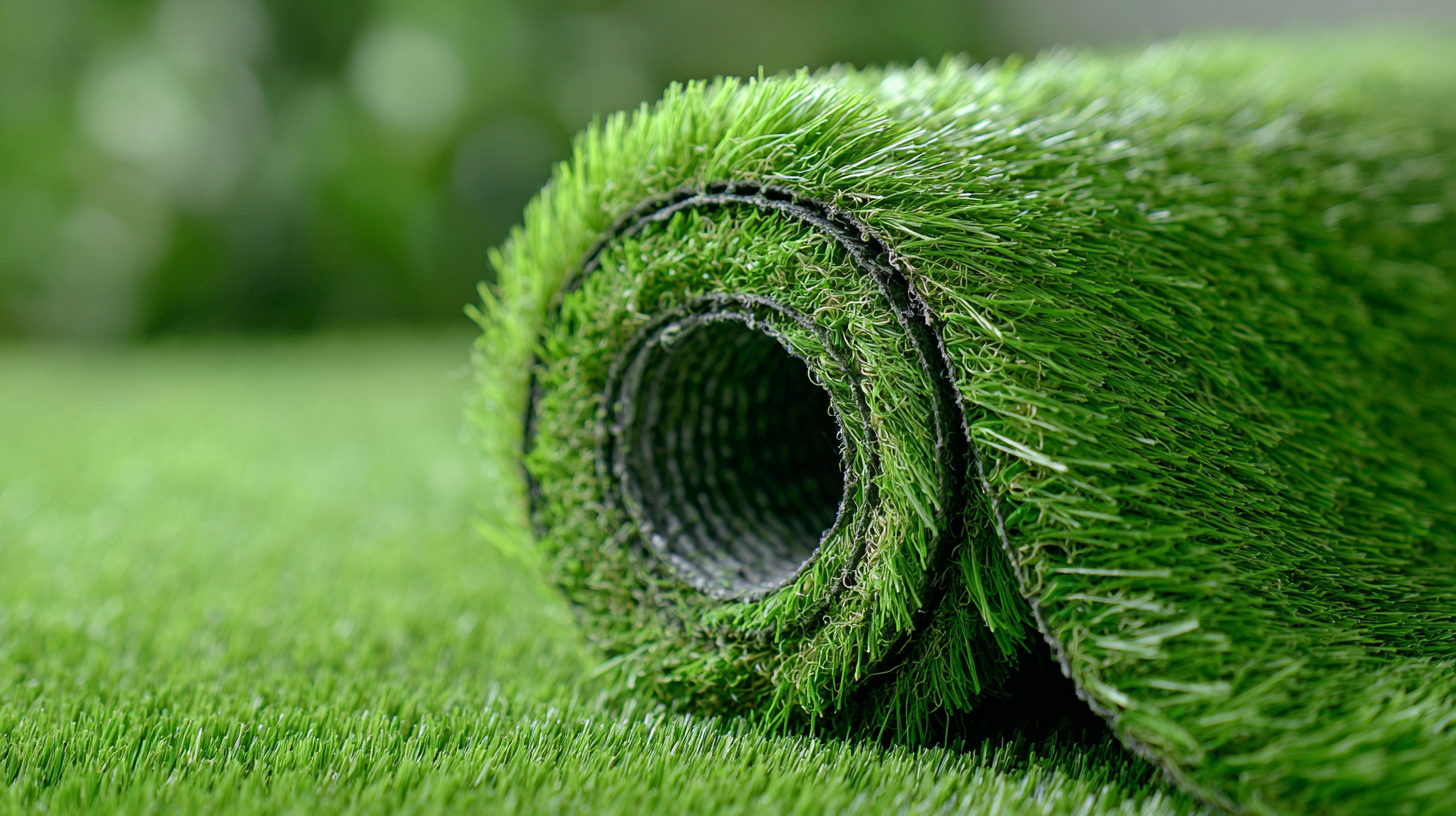
Additionally, consider opting for infill options that are environmentally friendly. Natural infills, such as cork or coconut fibers, can replace traditional materials like rubber, which may have negative effects on the environment. Another tip is to choose synthetic grass products that are labeled as non-toxic, ensuring that they are safe for your family and pets.
By prioritizing eco-friendly options, you can create a lush green space that contributes positively to the environment. Selecting environmentally responsible synthetic grass doesn't just beautify your lawn; it reflects a commitment to sustainability, helping to preserve natural resources for future generations.


